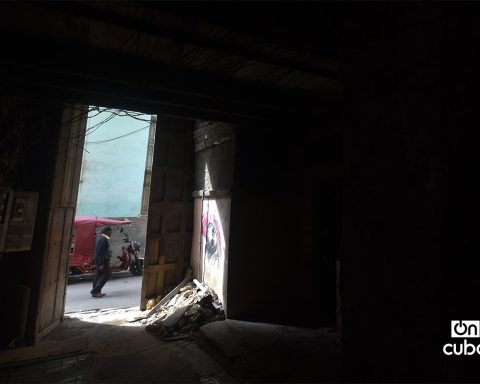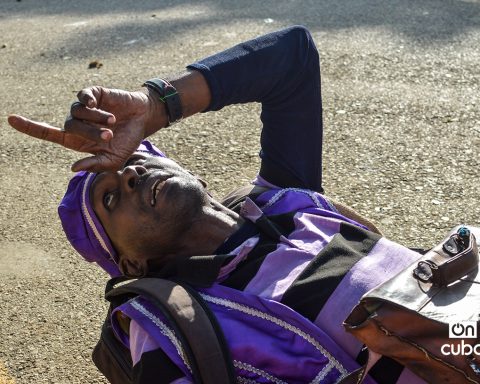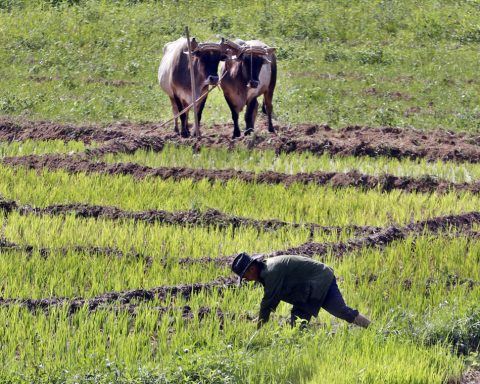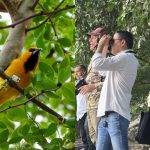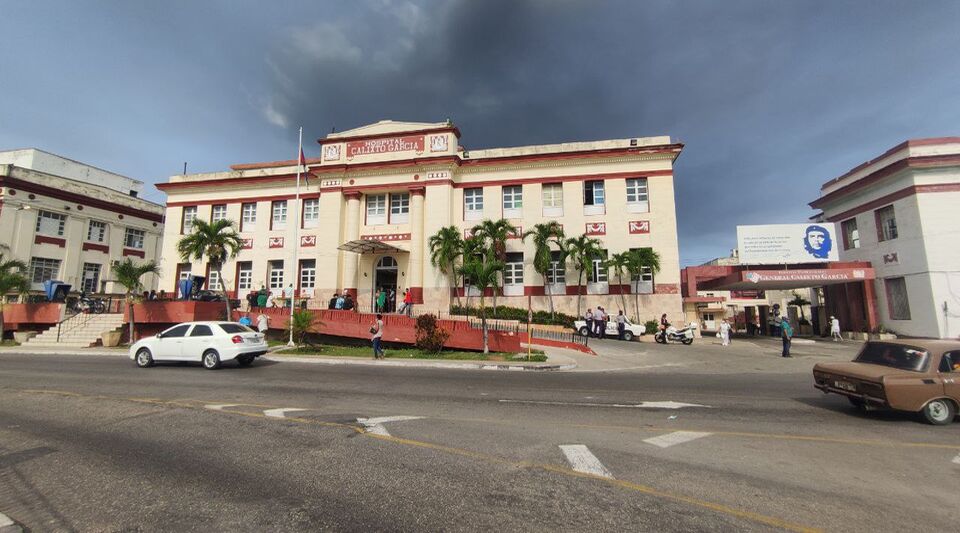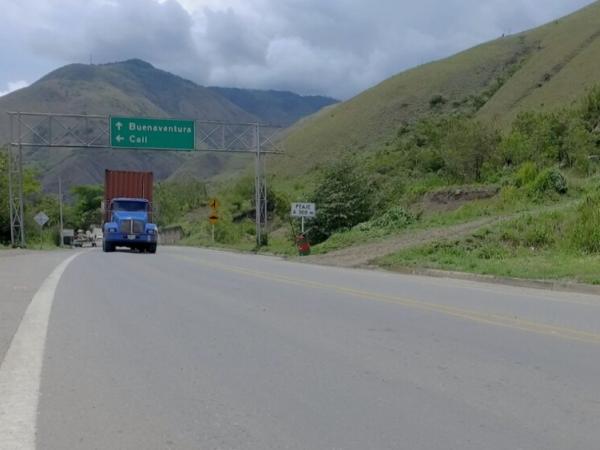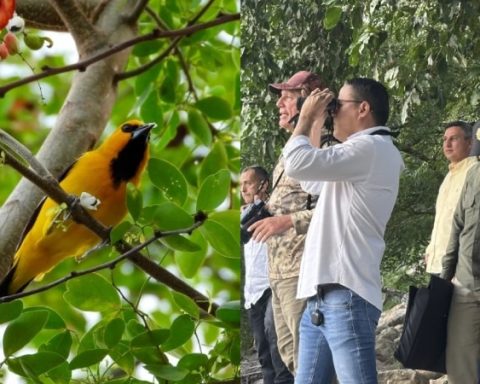A Bengal tiger cub, a species in danger of extinction and with difficulties to reproduce in captivity, is the new tenant of the Park Zoo National of Cuba. Still unnamed, this son of Fiona and Garfield, two exemplary siblings who arrived in 2018, fared better than the other three members of the litter, who died shortly after birth from a neurological anomaly called vestibular syndrome, attributed to consanguinity. of their parents.
The survivor, as explained to Eph The veterinarian at the Rachel Ortiz center behaves in a stable manner at three weeks old, although she has a slight locomotion disorder, for which she receives a vitamin supplement and sunbaths.
It has not been easy. His mother rejected him and he had to spend his first days in an incubator. He is currently in the supervised artificial breeding area, where specimens of other species are also found.
Ortiz indicated that in principle the baby tiger was fed with bottles of a milk substitute substitute for breast milk, to which a chicken shake was added after two weeks and, later, horse meat.
“He has a good weight and his behavior is appropriate,” said the doctor, who follows the group of animals installed in the “small pediatric”, where they transit for a while until they can be incorporated into the exhibition areas of the zoo.
THE ARTIFICIAL BREEDING LOCATION
The mischievous jaguar Cindi, several antelopes, the jumping Samira baboon and a trio of binturongs, also known by the name of black bear cat, are specimens of up to more than a year that inhabit separately the paddocks dedicated to their care in the breeding department. artificial.

In this space, where the pups are not with their mothers, “a preventive medicine plan is worked on, regular check-ups are carried out and a specialist stays with them 24 hours to attend to those who require food every several hours,” Ortiz said. . Their behavior is also being studied, she added.
LIONS, TIGERS AND JAGUARS
In the “pit” of the zoo, 30 specimens of lions, 3 tigers, 6 jaguars and 2 honey badgers are kept separated in tightly barred cages.
There is, along with Fiona and Garfield, the also Bengal tiger Wendy, with a full-term pregnancy in a few days, as shown to Eph the specialist Ángel Cordero Sánchez, one of the founders of this area of the zoo.
“Tigers had not reproduced for more than 20 years,” said the veterinary technician, who highlighted the importance of this fact in an endangered species.
THE LARGEST ZOO IN CUBA
The National Zoological Park of Cuba, one of the two in Havana, has been located in a remote area of the capital since 1984 and occupies an area of 342 hectares.
The center, where 1,428 specimens live, tries to imitate as best as possible the original habitat of its residents, who enjoy a certain freedom in spaces designed under international concepts and standards, according to zoo specialists.
This is the case of the “African prairie” – where all the species from that continent live except lions – which has 42 hectares of meadows and moats, which allows animals freedom of movement.
The public can observe the animals here in apparent freedom, from buses that circulate along its internal roads and also from various high-rise viewpoints.
The serious economic crisis that the country is suffering -aggravated by the pandemic-, the reinforcement of the sanctions of the United States and the errors of the national management, also impact this facility. Medicines, food for carnivores and fuel are lacking.
The center, belonging to the Cuban state zoo company, has just reopened after the forced closure due to the pandemic, it receives an average of between 2,000 and 3,000 people a day.
Efe/OnCuba.



